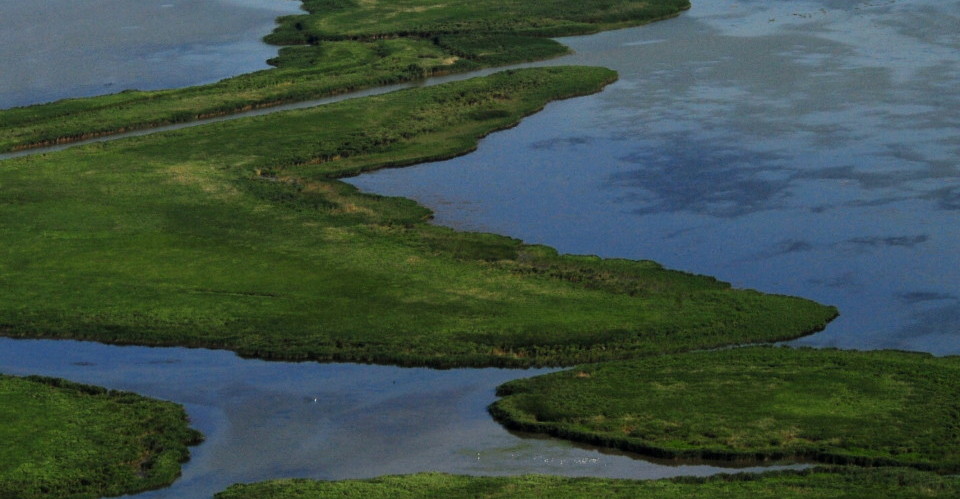Floodplains are nature’s flood storage areas, evolving to make space when a river is periodically in a flood state. Society has evolved alongside floodplains using their fertile soils as important agricultural areas and utilising the flat land and desirable locations to live. As a result, vast stretches of floodplains are heavily modified and have lost their natural functions.
In developed countries, rivers are often cut off from floodplains and channelized to aid navigation. Modern, engineered flood defence structures have replaced wetlands and their water storage capabilities. Water is literally kept out of the wider landscape and wetland loss is significant. This keeps floodwaters away from vulnerable agricultural and urban infrastructure. In less developed countries floodplain loss is rapidly following the developed country model.
There is growing evidence that replacing wetlands with hard infrastructure is not more cost-efficient, desirable or even safe. Constructing ever larger and more extensive built flood defences is expensive and poses a greater risk of catastrophe should they fail.
Instead, restoring natural features and processes to the river, such as floodplains and wetlands, can provide benefits for people and nature. In addition to reducing the risk of floods, this can create a healthier and more attractive landscape with opportunities for nature and recreation.
We work to promote restored floodplains as key components of cost-effective and efficient flood risk management in developed and developing countries.

